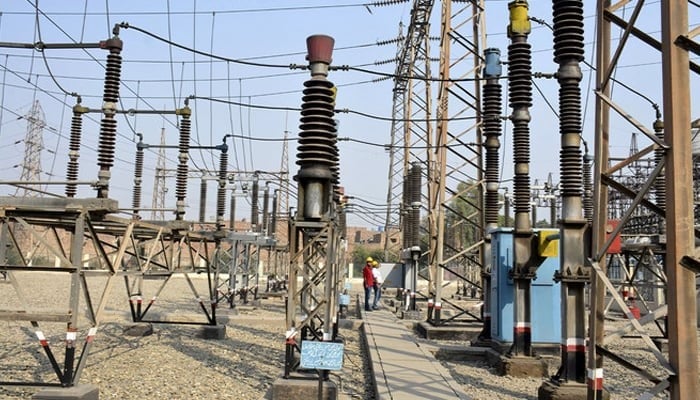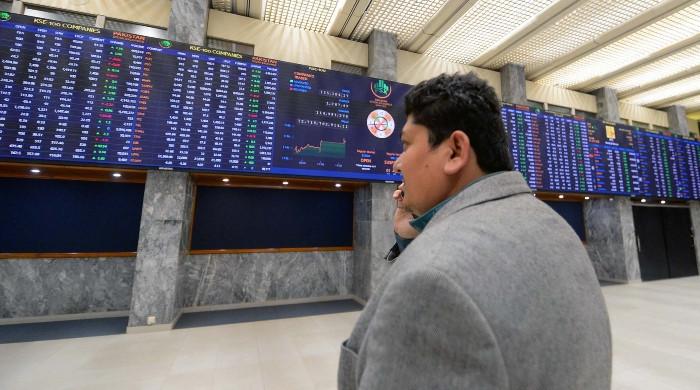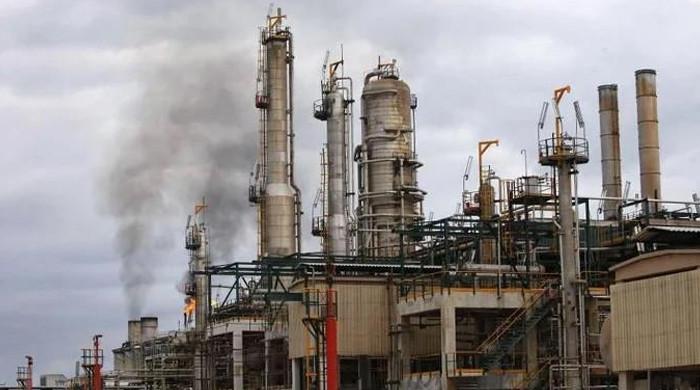Power generation sees 5% rise in March
March power generation rose to 8,409 GWh, up from 8,023 GWh in the same month last year
April 17, 2025

- Output boosted by local coal, wind and solar.
- Hydel power falls steeply amid low reservoir inflows.
- Generation cost up 14% to Rs9.46 per unit in March.
KARACHI: Pakistan’s power generation rose by 5% year-on-year in March, driven primarily by a significant surge in electricity output from local coal, The News reported.
According to official data, power generation totalled 8,409 GWh in March, up from 8,023 GWh in the same month last year. On a month-on-month basis, generation jumped 21% from 6,945 GWh in February.
However, overall power generation for the first nine months of the current fiscal year fell by 2% to 90,147 GWh, compared to 92,340 GWh in the same period last year.
In March, electricity generation from local coal recorded a sharp increase of 62% year-on-year (YoY), while generation from wind rose by 23%. Power generated from wind and solar also increased by 12% and 9.0%, respectively, during the month.
Conversely, hydel power generation dropped steeply by 41% due to reduced water inflows in reservoirs, caused by below-average rainfall. Over the nine-month period, generation from imported coal increased by 46%, while solar power generation rose by 26%.
The cost of electricity generation in March climbed by 14% to Rs9.46 per unit, compared to Rs8.31 per unit in the same month last year. The rise in generation cost was mainly attributed to the increased use of furnace oil and RLNG-based power production. On a monthly basis, the cost surged by 25% compared to February.
Despite the March spike, the average power generation cost for the first nine months of the fiscal year edged down by 1.0% to Rs8.65 per unit, from Rs8.75 per unit in the same period of the previous year.
In terms of contribution by source, hydel remained the leading contributor in March, accounting for 27.6% of total generation, followed by nuclear at 25.8% and RLNG at 20.7%.
Over the nine-month period, hydel contributed 30.4% of total electricity generation, while nuclear and RLNG accounted for 19.1% and 17.4% respectively. Local coal contributed 12.4% to total generation during the same period.











